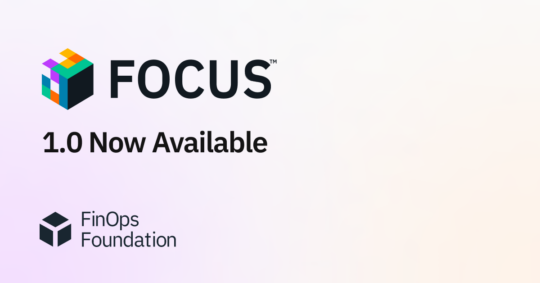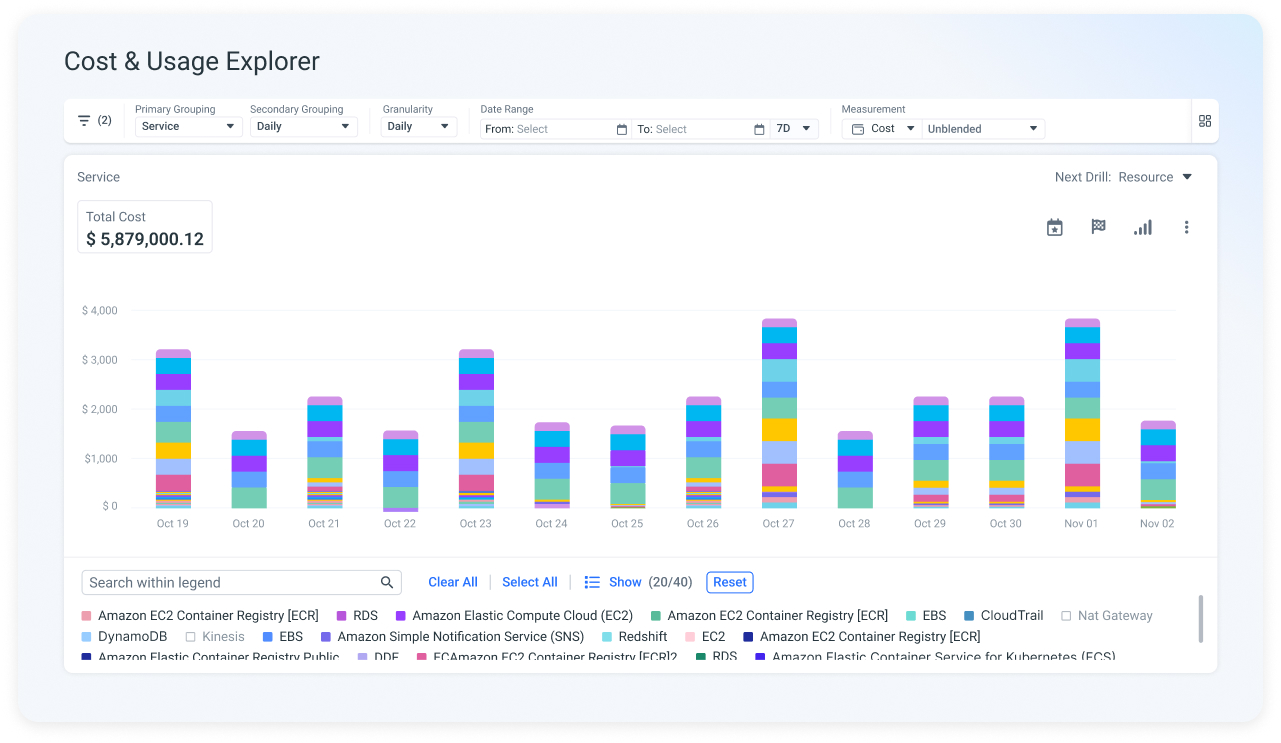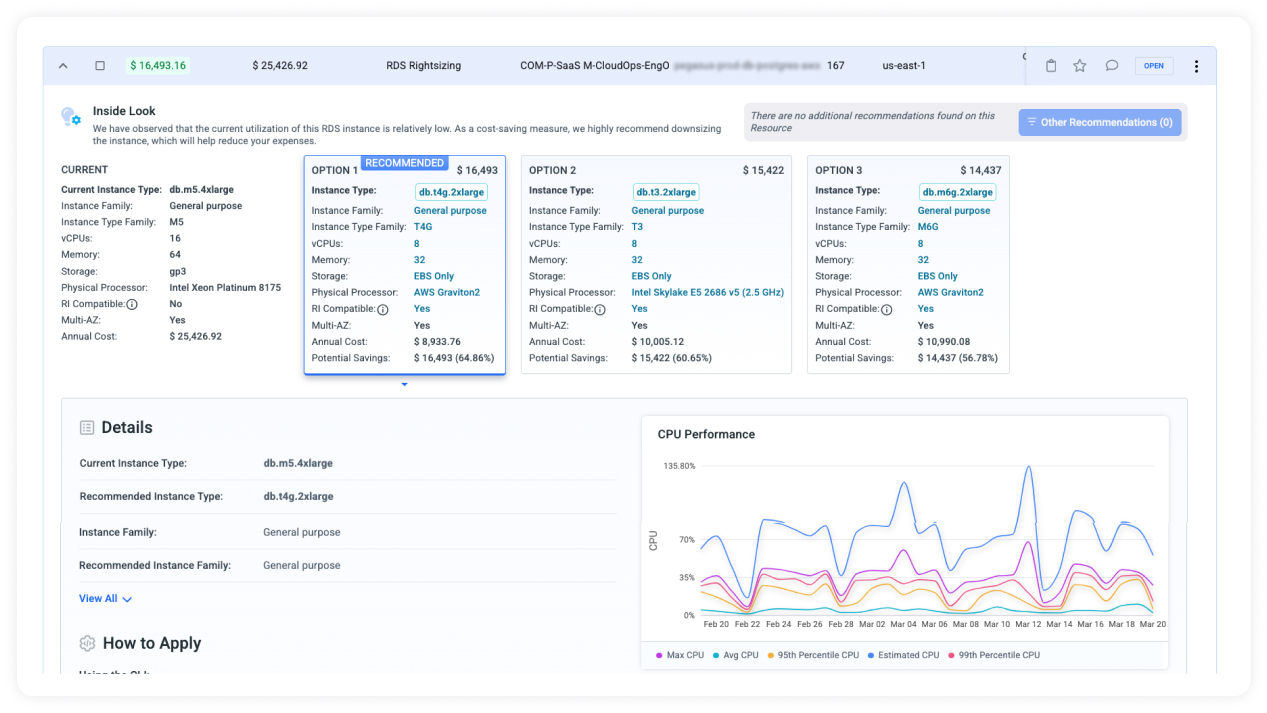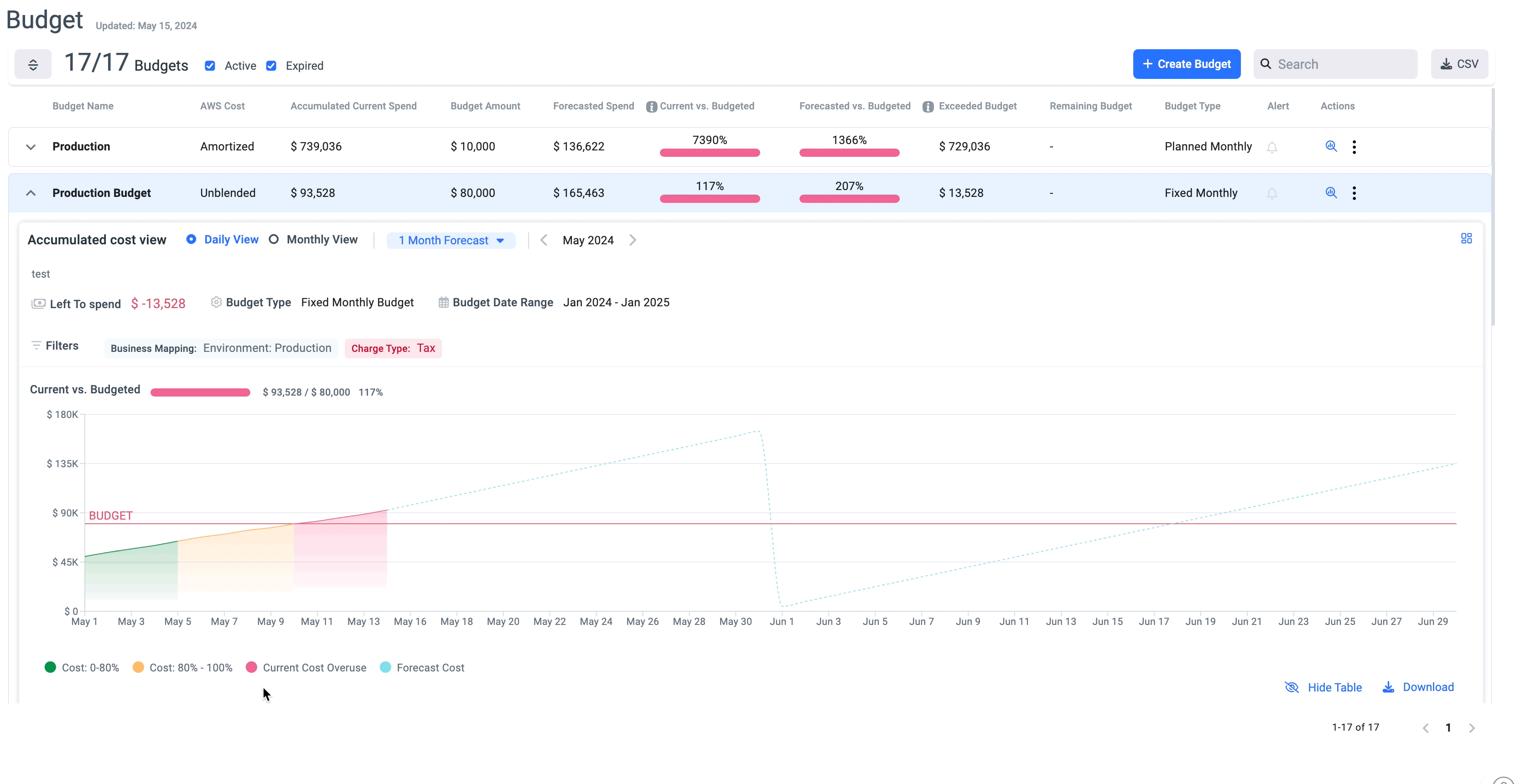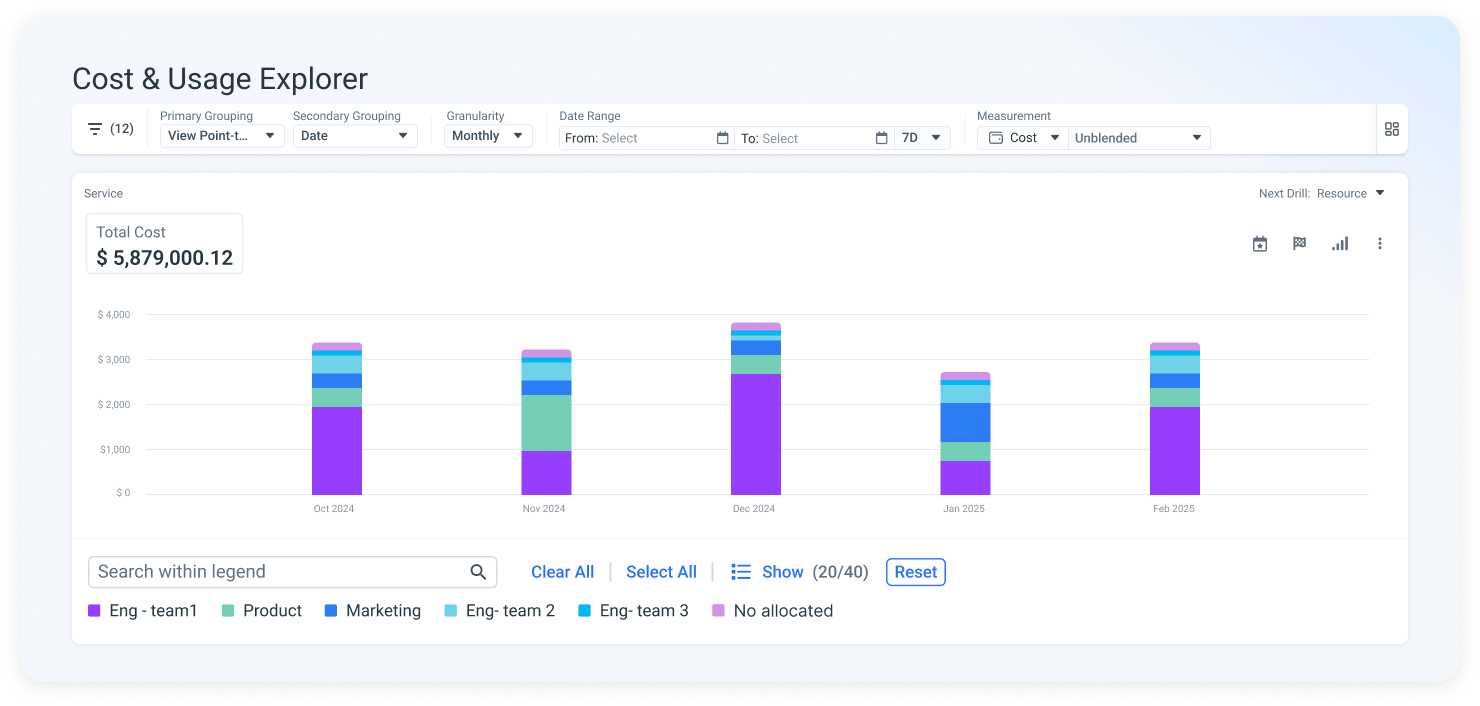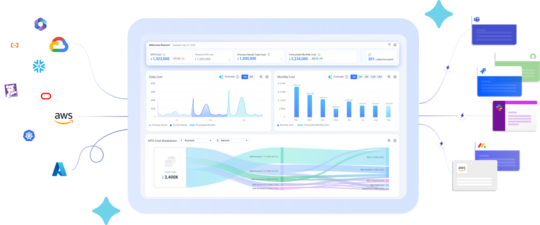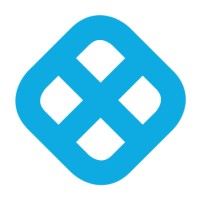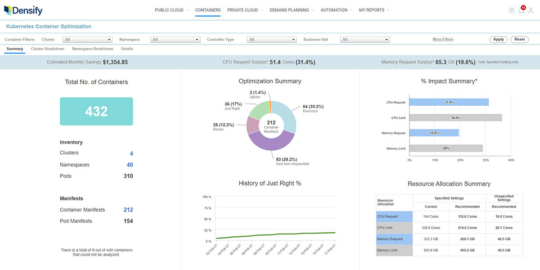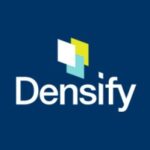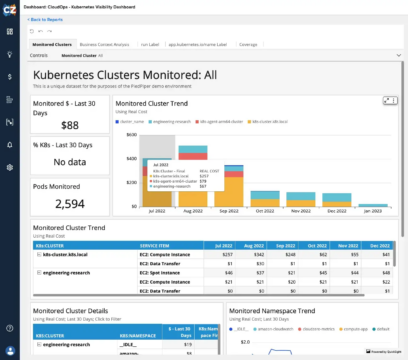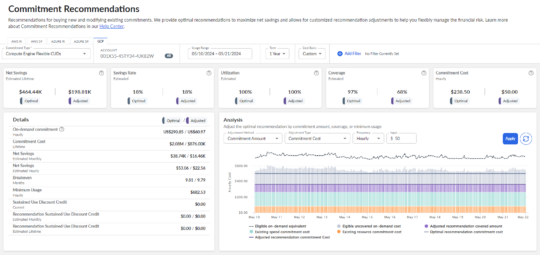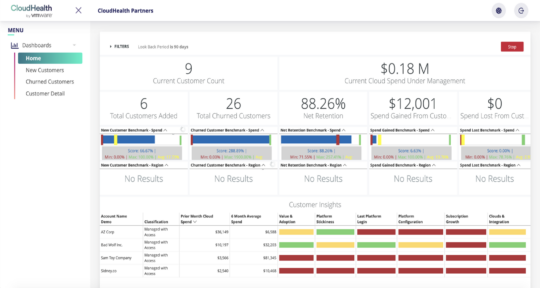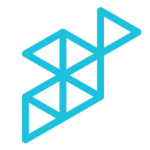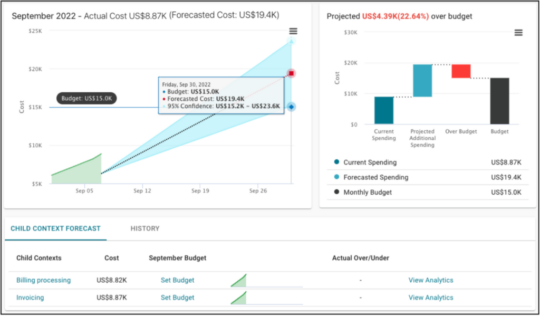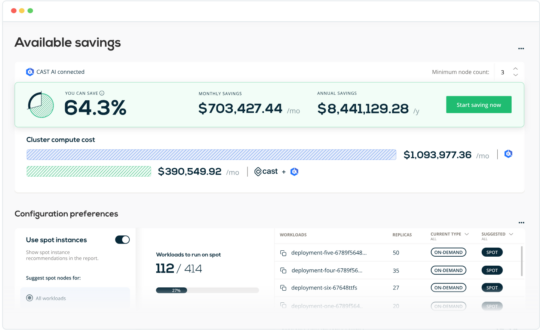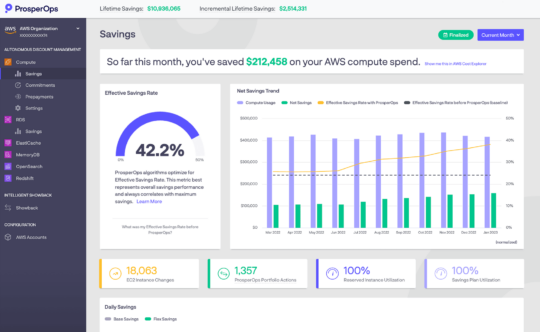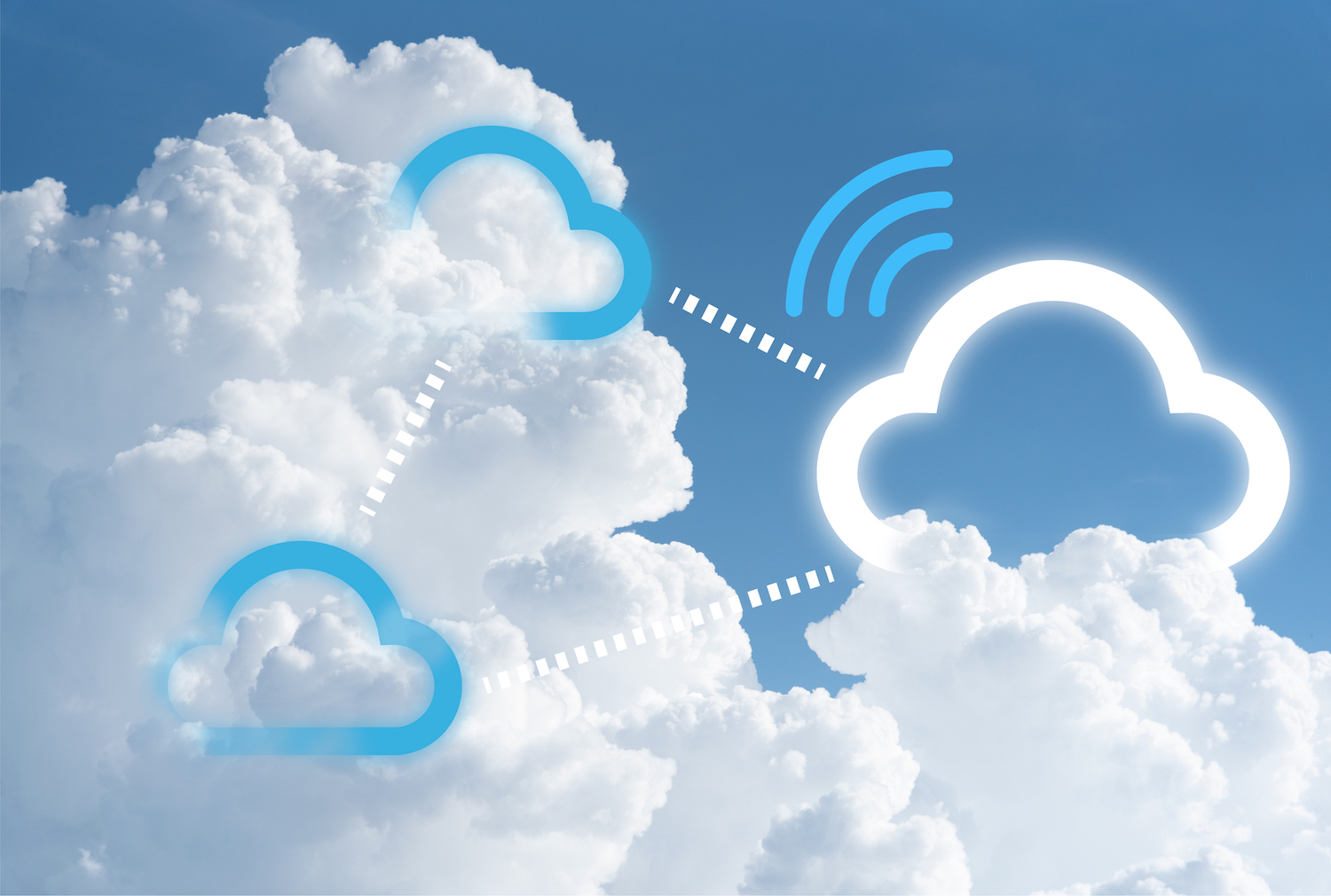What Is FinOps and FOCUS 1.0?
FinOps is a financial operations framework designed to help organizations manage cloud costs. As cloud adoption increases, organizations face challenges in controlling and optimizing their cloud expenditures. FinOps addresses this by promoting collaboration between engineering, finance, and business teams to manage cloud costs in real-time, ensuring that cloud spending aligns with business objectives.
Through a combination of cultural practices, processes, and tools, FinOps helps organizations to track, optimize, and predict cloud expenses, making cost management a shared responsibility across teams. Umbrella’s cloud cost management solution is aligned with FinOps practices, and is also officially certified by the FinOps foundation.
FOCUS 1.0 (FinOps Open Cost and Usage Specification) is an open-source specification created by the FinOps Foundation, introduced to simplify cloud billing data management for FinOps practitioners. FOCUS standardizes the format of billing data across cloud providers, eliminating the need for time-consuming data normalization. Umbrella has recently introduced support for FOCUS 1.0.
With FOCUS, organizations can more easily collect and analyze billing data from major cloud vendors like AWS, Microsoft, Google, and Oracle. This improves efficiency, enabling teams to focus on optimizing cloud costs rather than spending time reconciling disparate data formats. FOCUS aims to expand and include other consumption billing data like SaaS and licensing.
The Role of FinOps Tools in Cloud Cost Management
FinOps tools support digital transformation by enabling cost management practices in cloud environments. They provide insights and analytics to understand and control cloud expenditures, making them helpful in optimizing costs. These tools enable organizations to track expenses, analyze spending patterns, and allocate charges accurately to different departments based on usage.
FinOps tools help simplify financial workflows by automating cost optimization tasks and providing actionable recommendations. By integrating with existing systems, they allow for real-time monitoring and alert businesses to spending anomalies, enabling swift corrective action.
Related content: Read our guide to cloud cost monitoring
Key Functions and Features of FinOps Tools
FinOps tools typically include the following capabilities:
Real-Time Cost Monitoring
Real-time cost monitoring provides immediate visibility into cloud expenses. This feature entails using dashboards and reporting mechanisms to track daily spending patterns across various services and projects. It lets teams detect sudden cost spikes or unusual spending behaviors, helping avoid budget overruns.
Cost Allocation and Chargeback
FinOps tools provide detailed insights into consumption-based expenditure, breaking down costs by project, department, or user. This transparency allows organizations to allocate expenses accurately and promote team accountability, reducing wasteful spending. Implementing chargeback models encourages efficient resource usage as teams are responsible for their consumption.
Optimization Recommendations
FinOps tools often include embedded intelligence to deliver optimization recommendations for cost reduction. These tools assess current usage patterns against best practices, providing suggestions for rightsizing resources or adopting more cost-effective cloud services. Such recommendations may include identifying idle or underused instances, suggesting shifts to more efficient pricing models, or recommending configurations for enhanced performance.
Budgeting and Forecasting
FinOps tools offer functionalities to create granular, data-driven budgets that reflect the dynamic nature of cloud usage. They enable teams to establish realistic financial plans while adjusting for the variability inherent to cloud environments. Forecasting capabilities allow organizations to predict future expenses based on historical data, trends, and expected growth.
Kubernetes Cost Visibility
Kubernetes cost visibility allows organizations to understand and optimize the expenses of their containerized workloads. These tools break down costs at various levels, such as clusters, nodes, namespaces, and individual pods. By tracking both actual resource usage and resource requests, they highlight areas where over-provisioning or underutilization may drive unnecessary costs.
Integration with Cloud Providers
Integration with various cloud providers enables visibility and control over multi-cloud environments. These integrations allow data to be aggregated across platforms, offering a unified view of costs, usage patterns, and asset inventories. FinOps tools can pull detailed billing data and performance metrics directly with provider APIs.

- Enable cross-functional FinOps champions: Appoint key FinOps stakeholders in each department (engineering, finance, etc.) to drive cloud cost accountability. They can act as bridges, ensuring cost control is embedded into daily operations rather than treated as a financial afterthought.
- Automate governance for cost anomalies: Use FinOps tools to set automated governance policies, such as cost anomaly detection thresholds. Combine this with auto-remediation scripts to immediately pause or scale down over-provisioned resources, limiting the manual intervention required.
- Optimize reserved instance commitments: Beyond real-time cost monitoring, frequently review Reserved Instance and Savings Plan commitments. Use forecasting tools to adjust and rebalance commitments based on projected usage, especially in variable or unpredictable cloud environments.
- Establish tagging discipline for granular insights: Ensure teams maintain a strict tagging discipline. Implement clear tag taxonomies across cloud services, aligning them with business units, projects, or cost centers. This provides the foundation for precise cost allocation and detailed chargeback mechanisms.
- Prioritize rightsizing over brute cost-cutting: Instead of focusing solely on cutting cloud costs, use rightsizing recommendations from FinOps tools to balance performance with expenditure. Automate the process of identifying underutilized resources and ensure optimal configurations that meet both budget and performance goals.
Types of FinOps Tools
Cloud Provider Native Tools
Cloud provider-native tools are often the first line of defense for businesses aiming to manage and optimize their cloud expenses. These tools are developed by cloud providers such as AWS, Azure, and Google Cloud and are built to integrate with their ecosystems. They offer insights into resource usage, cost trends, and potential optimization opportunities directly within the provider’s framework.
Such tools typically provide core features like billing dashboards, expenditure alerts, and cost analysis reports. While they are intended for particular environments and can manage a single-provider strategy, their utility may diminish in multi-cloud setups.
Third-Party FinOps Platforms
Third-party FinOps platforms offer a holistic approach to cloud cost management useful in multi-cloud environments. These tools can aggregate data from multiple cloud providers, offering a unified view and comprehensive analytics. They provide broader features, including reporting, chargeback functionalities, and detailed cost allocation.
Third-party platforms often deliver capabilities such as AI-driven recommendations, tailored cost optimization strategies, and customizable dashboards. These tools can help enterprises seek granular insights and control their expenses across diverse cloud ecosystems.
Open Source FinOps Tools
Open-source FinOps tools, such as Harness or OpenCost, are flexible solutions for organizations wishing to tailor cost management processes to their needs. These community-driven tools allow enterprises to customize functionalities extensively while avoiding vendor lock-in. They provide transparency in operations and can be aligned closely with internal methodologies and IT infrastructures.
While open-source tools typically require more technical expertise to deploy and maintain, they offer the flexibility to integrate with proprietary systems and adopt agile approaches to financial management.
Notable FinOps Tools
1. Umbrella
Umbrella provides FinOps insights and tools to optimize cloud spend, drive savings, and improve financial transparency. From precise forecasting to actionable AI-driven recommendations, the platform helps control cloud costs easily.
Key Features:
- Multi-Tenant, Multi-Billing for MSPs & Enterprises: Simplify billing, manage multiple accounts, and optimize cloud spend for all your clients with a single platform.
- Rebill and Invoice: Umbrella helps MSPs automate their rebilling processes so they can always accurately report and bill for multi-cloud services.
- Accurate Forecasting and Budgeting: Forecast cloud costs with 98.5% median accuracy, enabling better budgeting and cost optimization.
- Cost Visibility and Control: Gain complete insight into multi-cloud and Kubernetes spending for smarter financial decisions.
- Savings Recommendations: Identify and eliminate resource waste with real-time, actionable savings recommendations.
- CostGPT: An AI-powered cost analysis chatbot for FinOps professionals. Ask natural-language questions and get clear insights to guide your strategic decisions.
- Kubernetes cost visibility: Visualize costs at the cluster, node, and individual pod level. See detailed pod-level information and compare actual usage against requests to calculate usage waste and cost waste.
2. Harness Cost Management
Harness Cost Management is a FinOps tool providing automation and cost visibility for managing cloud expenses across multiple providers like AWS, Azure, and Google Cloud. It simplifies cost allocation, optimizes resource usage, and enforces governance policies to ensure financial control over cloud assets.
Key features:
- Granular cost reporting: Provides visibility into cloud costs, enabling allocation and attribution across teams and workloads.
- AI-driven optimization: Automatically detects idle resources and shuts them down.
- Cloud asset governance: Enforces governance policies with AI-based automation, ensuring compliance and real-time cost management.
- Multi-cloud cost management: Supports unified cost management across AWS, Azure, GCP, and Kubernetes.
- Cost anomaly detection: Identifies abnormal spending patterns with alerts to help prevent unexpected cost spikes.
Source: Harness
3. Densify
Densify is a cloud resource optimization platform that leverages AI-driven analytics to provide actionable insights for optimizing cloud infrastructure. It ensures that organizations select the most suitable cloud instances for their workloads, reducing waste, minimizing costs, and improving overall performance.
Key features:
- AI-driven resource optimization: Analyzes workloads to recommend optimal cloud instances, promoting efficient resource use.
- AWS auto scaling group optimization: Automatically determines the appropriate configuration for AWS Auto Scaling Groups, optimizing instance size, family, and scaling parameters.
- Top-down capacity visibility: Provides visibility across cloud environments, identifying risks and opportunities while comparing results across accounts and business groups.
- Detailed impact analysis reports: Generates reports to articulate optimization recommendations, including potential cost savings and resource utilization improvements.
- Historical utilization metrics viewer: Offers access to historical data on CPU, memory, network, and disk I/O utilization.
Source: Densify
4. CloudZero
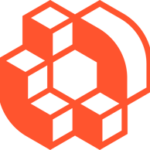
Key features:
- Cost allocation: Allocates cloud costs, even when tagging is incomplete or inconsistent.
- Unified cloud cost data: Provides a single source of truth for all cloud cost information, eliminating data discrepancies and aligning teams on critical financial metrics.
- Engineering empowerment: Delivers cost intelligence to engineers, enabling cost-conscious development and informed decision-making.
- CloudZero AnyCost™: Ingests and analyzes cloud, PaaS, and SaaS spend data, providing visibility into costs across the tech stack.
Source: CloudZero
5. CloudCheckr
CloudCheckr, a cloud management platform from Spot by NetApp, helps large enterprises and managed service providers (MSPs) manage and optimize their cloud environments. It offers visibility and actionable insights into cloud usage, costs, security, and compliance.
Key features:
- Cloud cost visibility: Provides insights into current and historical cloud spending, allowing businesses to track resource usage and costs at a granular level.
- Cloud cost optimization: Continuously optimizes cloud costs by identifying opportunities for right-sizing and rebalancing instances.
- Resource efficiency and waste elimination: Monitors long-term consumption trends to detect inefficiencies, enabling the removal of unused resources and responding quickly to cost overruns.
- Accurate chargeback/showback: Enables cost allocation across business units, projects, or teams, ensuring accountability and better financial management.
- Security and compliance improvement: Automatically identifies and remediates infrastructure misconfigurations and vulnerabilities, reducing risk and enhancing cloud security.
Source: CloudCheckr
6. Cloudability
IBM Cloudability is a FinOps platform that help organizations track, analyze, and optimize their cloud spending. It provides visibility across multi-cloud environments and empowers FinOps teams to align business and technical strategies.
Key features:
- Multi-cloud cost visibility: Offers insights into cloud application and container costs across multiple providers, enabling teams to manage cloud spend.
- Anomaly detection and waste reduction: Identifies cost anomalies and inefficiencies, helping organizations eliminate waste for cloud operations.
- Automation of optimization actions: Automates resource optimization actions like commitment coverage and rightsizing, ensuring efficient cloud usage while maintaining performance.
- Cost transparency and control: Provides analytics and flexible reporting to help organizations understand, control, and forecast cloud costs.
- Collaborative FinOps approach: Unifies IT, finance, and DevOps teams to collaboratively optimize cloud resources, aiding alignment between financial strategies and technical execution.
Source: Apptio (IBM)
7. CloudHealth
CloudHealth by VMware is a multi-cloud management platform designed to help organizations analyze, optimize, and govern their cloud operations from a unified platform. It provides visibility into cloud usage and costs across multiple cloud environments.
Key features:
- Cloud visibility: Offers insights into cloud spend across multiple providers, enabling teams to monitor usage and costs for better decision-making.
- Cloud cost optimization: Identifies cost-saving opportunities by analyzing cloud usage patterns and recommending actions like right-sizing and reserved instance purchases.
- Proactive cloud management: Automates policy-driven management by detecting inefficiencies, setting budget alerts, and identifying unused resources, helping to eliminate waste and prevent cost overruns.
- Customizable reporting and billing: Enables allocation of cloud costs across business units, projects, and teams, ensuring accountability and transparency in cloud spending.
- Multi-cloud support: Provides a single platform for managing AWS, Google Cloud, Microsoft Azure, and others, consolidating cloud data to simplify management.
Source: VMware
8. Yotascale
Yotascale is a cloud cost management platform specifically for small FinOps teams managing large and complex cloud environments. It provides real-time visibility into cloud costs, supporting engineers, finance teams, and executives with actionable data to control spending.
Key features:
- Dynamic data views: Offers tailored cost tracking by project, team, or individual engineer, providing instant insights across various scopes and roles.
- Multi-cloud management: Centralizes all cloud cost data on a single platform, including support for containers, AI, and infrastructure services.
- Real-time anomaly detection: Alerts teams to cost spikes with clear ownership, enabling swift action to prevent budget overruns.
- Yota Copilot for self-serve reporting: Provides quick access to custom reports, charts, and tables, allowing users to get answers on cloud spend without relying on analysts.
- Cost allocation: Ensures precise cost attribution, enabling accurate chargeback and cost accountability across teams and departments.
Source: Yotascale
9. Cast.AI
CAST AI is an automated cloud cost optimization platform that helps organizations reduce their cloud expenses substantially without requiring engineers to focus on cost reduction. By leveraging AI-driven automation, CAST AI optimizes Kubernetes clusters with low effort.
Key features:
- All-in-one cloud cost optimization: Automates the optimization process with features like fast autoscaling, spot instance automation, and instance selection to maximize savings.
- Instant optimization reports: Analyzes the Kubernetes cluster and provides a custom savings report, showing how much can be saved and implementing those changes automatically.
- Full cost visibility: Offers universal metrics for analyzing and forecasting cloud expenses across projects, clusters, and deployments, providing transparency.
- AI-driven instance selection: Automatically selects the best instance type for workloads, balancing performance and cost to meet the application’s needs.
- Real-time autoscaling: Dynamically adjusts resources based on real-time demand, ensuring optimal performance without unnecessary spending.
Source: Cast.AI
10. ProsperOps
ProsperOps is an automated cloud cost optimization platform to reduce AWS and GCP costs with no ongoing effort from the inhouse team. It continuously maximizes cloud savings through real-time discount management, helping save on cloud costs while minimizing commitment risk.
Key features:
- Automated cost optimization: Operates continuously to maximize cloud savings by managing discount commitments for services like RDS, ElastiCache, and Redshift.
- Real-time commitment management: Tracks and optimizes discount portfolios in real time, ensuring high utilization rates.
- Intelligent showback: Allocates savings across accounts, regions, and services, providing detailed reports that align with business operations for easier financial reporting.
- Effective savings rate (ESR): A key benchmark that measures and compares savings performance, helping teams understand how much they’re saving over time.
- Finance integration: Provides FinOps insights through dashboards, allowing finance teams to manage cloud savings without constant coordination with engineering.
Source: ProsperOps
Manage Cloud Costs Like the Pros with Umbrella
Umbrella cloud cost management solution is designed to give cloud teams clear visibility into their expenses while linking these costs to business performance. By integrating cloud metrics with revenue and customer data, teams can improve unit economics and understand how different customers or products impact overall cloud costs, usage, and performance.
The platform uses ML algorithms to enhance efficiency and optimize cloud resource management made with FinOps features:
- Automatically identifies usage patterns and alerts teams to anomalies.
- Provides context and recommended actions for quick solutions.
- Offers detailed insights into Kubernetes environments.
- Gives unmatched visibility into spending and resource usage across clusters.
- Serves as a valuable tool for FinOps, DevOps, and Finance teams to collaborate effectively and manage costs.
Learn more about Umbrella for cloud cost management
